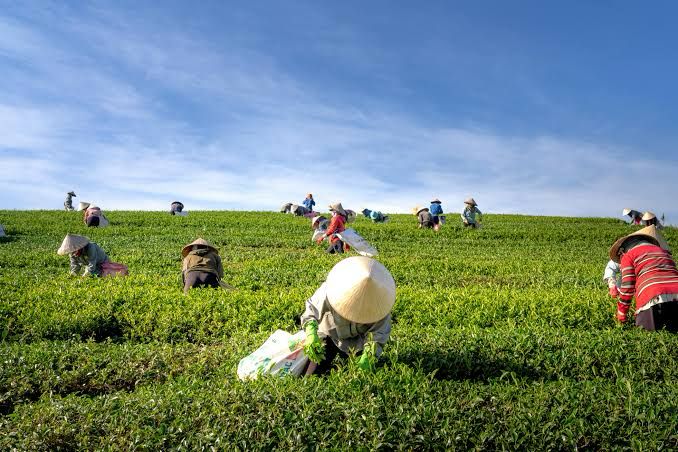The Role of Agriculture in India
Agriculture is the backbone of India, providing employment to nearly 60% of the population and contributing significantly to the GDP. From the fertile plains of Punjab to the spice gardens of Kerala, Indian farmers cultivate a wide variety of crops that feed millions and fuel industries. Despite challenges like unpredictable weather, soil degradation, and market fluctuations, agriculture continues to thrive due to advancements in technology, government initiatives, and farmer resilience.

Key Aspects of Indian Agriculture
1. Crop Cultivation: India produces essential crops such as rice, wheat, pulses, oilseeds, and cash crops like cotton, sugarcane, and tea.
2. Livestock Farming: Dairy, poultry, and fisheries play a crucial role in rural livelihoods, contributing to nutrition and income generation.
3. Horticulture: India is the world’s second-largest producer of fruits and vegetables, with apples, mangoes, bananas, and onions being key crops.
4. Organic Farming: The demand for organic produce is increasing, promoting sustainable and chemical-free farming practices.
5. Agroforestry: Combining trees and crops enhances biodiversity and improves soil fertility.